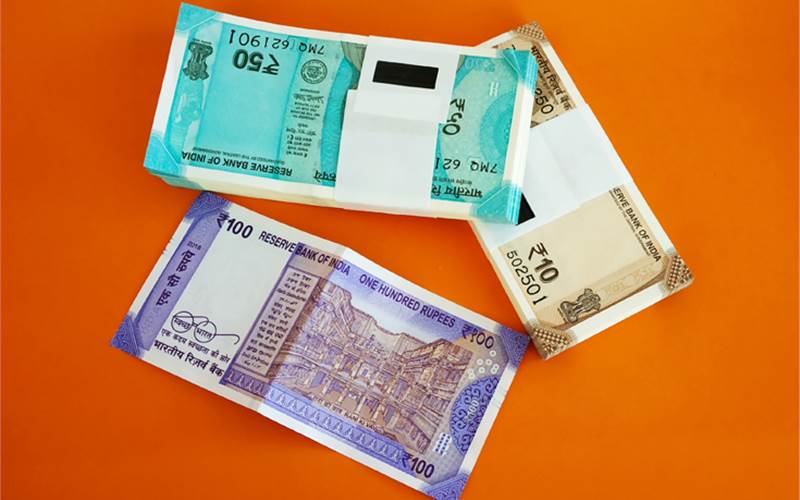Cost of printing rupees was Rs 7,965 crore after demon
In a statement in the Rajya Sabha, in response to a question by the Rajya Sabha MP Elamaram Kareem (CPM), the finance minister Arun Jaitley stated the expenditure on printing of notes during 2015-16 (the year prior to demonetisation) was Rs 3,421 crore.
21 Dec 2018 | By PrintWeek India
During the year demonetisation was introduced, the cost of printing currency notes increased by over 43%, as per government data. And so, during 2015-16, the year prior to demonetisation, the expenditure incurred by the Reserve Bank of India (RBI) on printing of currency notes was Rs 3,421 crore. In 2016-17, this rose to Rs 7,965 crore; in 2017-18, it was down to Rs 4,912 crore.
Demonetisation was announced on 8 November, 2016. India’s Prime Minister decided to invalidate Rs 500 and Rs 1,000 notes, giving the Indian citizens a 50-day deadline to return the invalidated currency to the banks in exchange for new notes. The aim was to wipe out nearly 86 per cent of the total currency notes in circulation.
Information released by RBI said, 99% of the old notes returned to the banking system, leaving the government short on the Rs 3- to 4-lakh-crore it was eyeing from the demonetisation drive. Furthermore, the re-monetisation process released approximately 19-billion notes back into circulation since 10 November. According to a report, roughly 19-bn notes were released: eight-bn Rs 100 notes, 1.8-bn Rs 50 notes, 3.1-bn Rs 20 notes and 5.7-bn Rs 10 notes. This however, did not include Rs 500 and Rs 2,000 notes, which are about 250-400-mn Rs 500 1.5-bn-2.2-bn Rs 2,000 notes.
In a separate question in the Rajya Sabha which was asked by the Samajwadi Party members Ravi Prakash Verma and Neeraj Shekhar asked whether the Rs 2,000 and Rs 500 notes printed after demonetisation have become unusable due to poor paper quality and the inability of ATM sensors to recognise them, the minister of state for finance Pon Radhakrishnan said these notes are expected to have normal life as that of older currencies. However he added that some design elements have been changed in the new banknotes. The visible changes in the new banknotes are in form of size, colour and inclusion of heritage motifs. He also said that there are no issues related to non-recognition of new Rs 500 and Rs 2,000 notes by the ATMs when he was asked if the ATMs are not able to recognise the currency.
The Indian currency notes are printed and supplied to RBI from four currency note printing presses, two of which are owned by the Government of India and two are owned by the Reserve Bank India, through its wholly-owned subsidiary BRBNML.












 See All
See All